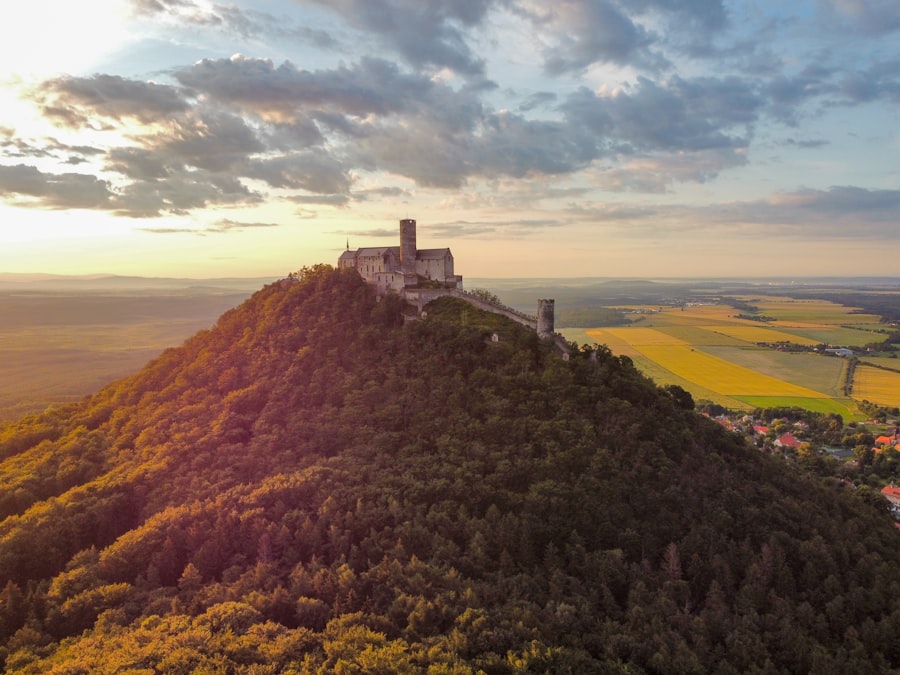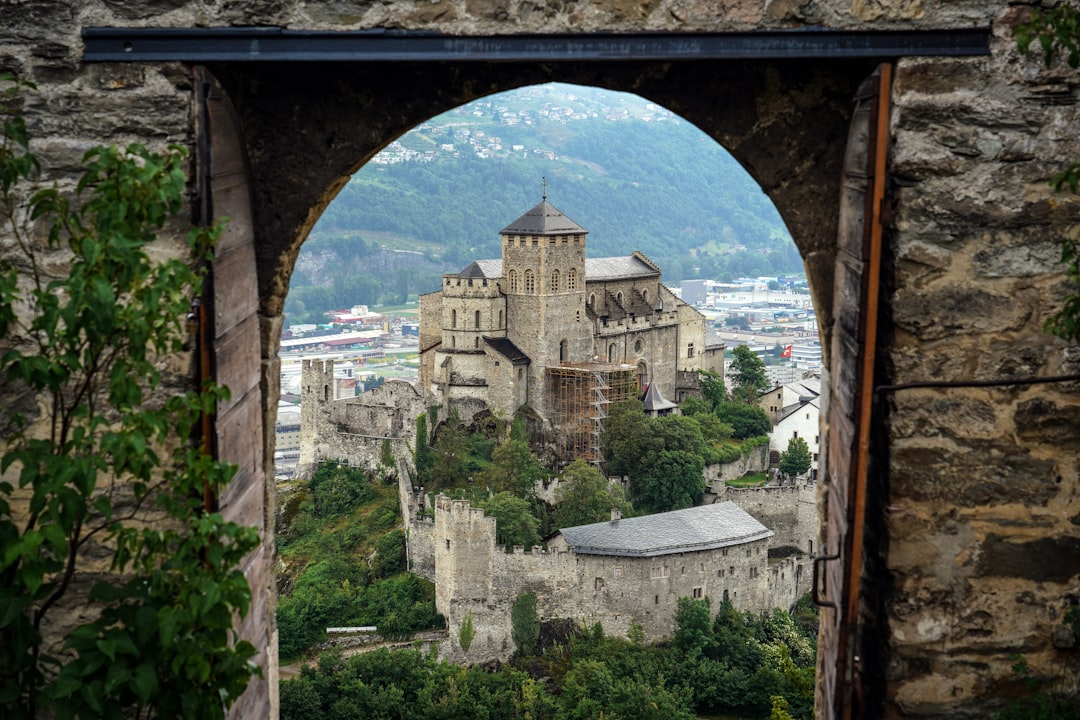Social hierarchies have been a defining feature of many civilizations throughout history, and ancient Hindu society is no exception. The intricate social structure of ancient India was deeply intertwined with its religious beliefs, cultural practices, and economic systems. At the heart of this hierarchy was the caste system, a complex stratification that categorized individuals based on their birth, occupation, and ritual purity.
This system not only dictated social interactions but also influenced the very fabric of daily life, shaping everything from marriage to occupation and even spiritual practices. The origins of these social hierarchies can be traced back to the Vedic texts, which laid the groundwork for the caste system. The Rigveda, one of the oldest sacred texts of Hinduism, describes a primordial being from whom the four main varnas, or social classes, emerged.
This mythological narrative provided a divine justification for the social order, suggesting that the hierarchy was not merely a human construct but rather a cosmic arrangement ordained by the gods. As such, the caste system became entrenched in the societal consciousness, influencing generations and establishing norms that would persist for centuries.
Key Takeaways
- Social hierarchies in ancient Hindu society were deeply ingrained and structured, with the caste system playing a central role in organizing and maintaining social order.
- The caste system was based on a rigid structure of social classes, with each caste having specific roles and functions within society, and was perpetuated through religious texts and mythology.
- Social hierarchies had a significant impact on daily life and interactions, influencing everything from marriage and occupation to social interactions and access to resources.
- Despite the challenges, there have been movements and efforts to challenge the caste system and its legacy in modern India, with ongoing debates and reforms aimed at addressing social inequality and discrimination.
- Contemporary social justice movements can draw lessons from ancient Hindu society, recognizing the importance of challenging and dismantling oppressive social hierarchies to create a more equitable and just society.
The Caste System: Structure and Function
The caste system in ancient Hindu society was primarily divided into four main varnas: Brahmins (priests and scholars), Kshatriyas (warriors and rulers), Vaishyas (merchants and landowners), and Shudras (laborers and service providers). Each varna had specific duties and responsibilities that were believed to be divinely ordained. Brahmins were tasked with performing rituals and preserving sacred knowledge, while Kshatriyas were responsible for governance and protection.
Vaishyas engaged in trade and agriculture, contributing to the economy, whereas Shudras provided essential services to support the other three varnas. Beyond these four primary categories, the caste system also encompassed numerous sub-castes or jatis, which further refined social stratification. These jatis were often determined by factors such as profession, region, and community ties.
For instance, within the Vaishya varna, there were distinct groups of merchants specializing in different trades, each with its own customs and practices. This intricate web of social organization served several functions: it facilitated economic specialization, maintained social order, and reinforced cultural identity among various groups. The caste system also played a crucial role in regulating social interactions.
Inter-caste relationships were often restricted, with strict rules governing marriage and social gatherings. Such regulations were rooted in the belief that maintaining purity was essential for spiritual well-being. The concept of ritual purity was paramount; individuals from higher castes were expected to avoid contact with those from lower castes to prevent contamination.
This segregation not only reinforced social hierarchies but also perpetuated a sense of superiority among higher castes.
Role of Religion and Mythology in Perpetuating Social Hierarchies

Religion and mythology were instrumental in legitimizing and perpetuating the social hierarchies of ancient Hindu society. The sacred texts, including the Vedas and later texts like the Manusmriti, provided theological underpinnings for the caste system. These texts articulated the duties and responsibilities associated with each varna, framing them as divinely sanctioned roles that individuals were expected to fulfill based on their birth.
The notion of dharma, or duty, became central to this framework; it emphasized that each individual had a specific role to play in maintaining cosmic order. Mythological narratives further reinforced these ideas by depicting gods and heroes who embodied the virtues associated with each varna. For example, the epic tales of the Mahabharata and Ramayana illustrate the valor of Kshatriyas like Arjuna and Rama, while also highlighting the wisdom of Brahmins like Vyasa and Vashistha.
These stories served not only as moral lessons but also as cultural touchstones that reinforced the existing social order. By embedding these values within popular narratives, ancient Hindu society ensured that adherence to the caste system was seen as both a moral obligation and a spiritual necessity. Moreover, religious rituals played a significant role in maintaining social hierarchies.
The performance of rites and ceremonies often required the participation of specific castes, with Brahmins typically presiding over religious functions. This not only solidified their status as spiritual leaders but also reinforced the idea that higher castes were closer to the divine. The intertwining of religion with social structure created a self-perpetuating cycle where adherence to caste norms was seen as essential for spiritual advancement.
Impact of Social Hierarchies on Daily Life and Interactions
The implications of social hierarchies in ancient Hindu society extended far beyond abstract concepts; they permeated daily life and shaped interpersonal interactions in profound ways. The caste system dictated not only occupational choices but also influenced where individuals lived, whom they married, and how they interacted with others.
Marriage practices were particularly affected by these hierarchies. Endogamy—the practice of marrying within one’s own caste—was strictly enforced, ensuring that social status remained intact across generations. This practice not only preserved caste identities but also limited social mobility, as individuals were often unable to marry outside their prescribed group without facing severe repercussions from their communities.
The emphasis on maintaining caste purity extended to dietary restrictions as well; certain foods were deemed acceptable or taboo based on one’s caste affiliation. Interactions between castes were often governed by strict protocols. For example, individuals from lower castes were expected to show deference to those from higher castes, often bowing or avoiding direct eye contact as a sign of respect.
Such behaviors reinforced existing power dynamics and perpetuated feelings of inferiority among lower castes. In public spaces, lower-caste individuals might have been required to maintain physical distance from higher-caste individuals to avoid perceived contamination.
Challenges to the Caste System and Its Legacy in Modern India
Despite its deep-rooted presence in ancient Hindu society, the caste system has faced significant challenges over time. The advent of colonial rule in India introduced new socio-political dynamics that began to undermine traditional hierarchies. British colonial policies often exacerbated divisions by codifying caste distinctions in legal frameworks, which inadvertently highlighted inequalities and sparked movements for reform among marginalized communities.
The 19th and 20th centuries saw a rise in social reform movements aimed at challenging the injustices perpetuated by the caste system. Leaders like B.R. Ambedkar advocated for the rights of Dalits (formerly known as “Untouchables”) and sought to dismantle oppressive structures that limited their opportunities for education and employment.
Ambedkar’s efforts culminated in significant legal reforms post-independence, including the abolition of “untouchability” enshrined in the Indian Constitution. However, despite these advancements, remnants of the caste system continue to influence contemporary Indian society. Discrimination based on caste persists in various forms, affecting access to education, employment opportunities, and social mobility.
Political parties often mobilize along caste lines, reflecting ongoing divisions that complicate efforts toward unity and equality. The legacy of ancient hierarchies remains palpable in modern India, where debates about caste continue to shape public discourse.
Lessons from Ancient Hindu Society for Contemporary Social Justice Movements

The examination of social hierarchies in ancient Hindu society offers valuable insights for contemporary social justice movements seeking to address systemic inequalities. One key lesson is the importance of recognizing how deeply entrenched beliefs can shape societal structures over time. Just as religious narratives reinforced the caste system in ancient India, modern ideologies can perpetuate discrimination if left unchallenged.
Social justice advocates must critically examine prevailing narratives that justify inequality and work towards reframing them in ways that promote inclusivity. Additionally, understanding the historical context of social hierarchies can inform strategies for reform. Movements aimed at dismantling oppressive systems must consider the cultural significance of existing structures while advocating for change.
Engaging with communities affected by discrimination is essential; grassroots movements that empower marginalized voices can lead to more effective advocacy efforts. Finally, fostering solidarity across diverse groups is crucial for achieving meaningful change. Just as ancient hierarchies created divisions among communities, contemporary movements must strive to build coalitions that transcend boundaries based on caste, class, or religion.
By recognizing shared struggles against oppression, activists can work together toward a more equitable society that honors diversity while promoting justice for all. In conclusion, while ancient Hindu society’s social hierarchies may seem distant from contemporary realities, their legacy continues to influence modern India. By learning from history and applying these lessons to current struggles for social justice, advocates can work towards dismantling systemic inequalities and fostering a more inclusive future for all individuals regardless of their background or identity.
In exploring the social hierarchies in ancient Hindu society, it is important to consider the concept of rasa in Indian aesthetics. This concept, as discussed in the article “The Concept of Rasa in Indian Aesthetics”, delves into the emotional essence or flavor that is evoked in a work of art.
Additionally, exploring Vedanta philosophy, as discussed in “Vedanta Philosophy: Exploring the Nature of Reality and Human Existence”, can shed light on the underlying spiritual and philosophical principles that influenced social hierarchies. Contemporary Indian philosophy, as examined in “Contemporary Indian Philosophy: Synthesis, Contextualization, and Pluralism”, can also provide a broader perspective on how societal structures have evolved over time.
FAQs
What were the social hierarchies in ancient Hindu society?
In ancient Hindu society, there were four main social hierarchies known as varnas: Brahmins (priests and scholars), Kshatriyas (warriors and rulers), Vaishyas (traders and farmers), and Shudras (laborers and service providers). These varnas were based on the concept of dharma, or duty, and were believed to be determined by birth.
How were these social hierarchies determined?
The social hierarchies in ancient Hindu society were determined by birth, with individuals being born into a particular varna based on their family lineage. This system was known as varna vyavastha, or the caste system.
What were the roles and responsibilities of each varna?
Brahmins were responsible for performing religious rituals and preserving sacred knowledge. Kshatriyas were tasked with protecting the society and governing the kingdom. Vaishyas were involved in trade, agriculture, and commerce. Shudras were responsible for providing various services and labor.
Was there mobility between the varnas in ancient Hindu society?
In ancient Hindu society, mobility between the varnas was limited. However, there were instances of individuals moving between varnas, particularly through exceptional achievements or marriage. This was known as varna-sankara.
What were the implications of the social hierarchies in ancient Hindu society?
The social hierarchies in ancient Hindu society had significant implications on individuals’ access to resources, opportunities, and social status. They also influenced the division of labor and the overall structure of the society.























+ There are no comments
Add yours